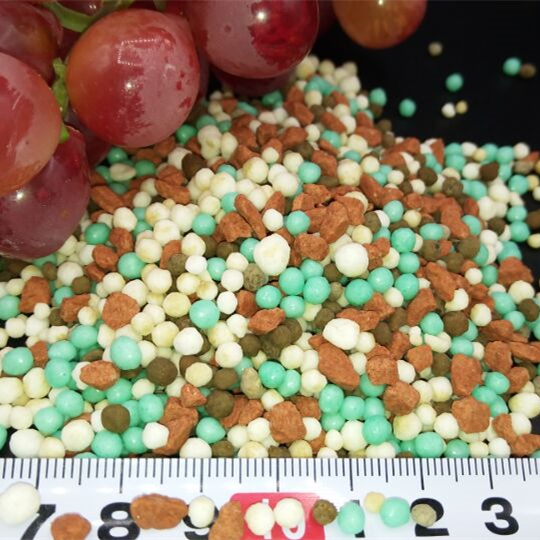
Nov . 02, 2024 12:29 Back to list
lawn fertilizer phosphate
Understanding Lawn Fertilizer and Phosphate A Guide to Healthy Lawns
Lawn care is an essential aspect of maintaining an attractive and vibrant outdoor space. One of the critical components of effective lawn care is fertilization, and a key ingredient in many fertilizers is phosphate. Understanding the role of phosphate in lawn fertilizers can help homeowners achieve lush, green lawns while being environmentally responsible.
Understanding Lawn Fertilizer and Phosphate A Guide to Healthy Lawns
When applying phosphate-based fertilizers, it is essential to consider soil test results. Many homeowners may assume that more fertilizer equals better results, but this can lead to nutrient runoff, which negatively impacts local waterways. Overapplication of phosphate can contribute to algal blooms and diminish water quality. Therefore, testing your soil can give you a clear indication of whether your lawn needs additional phosphorus. Most soil tests will offer a detailed analysis, helping you determine the right amount of phosphate and other nutrients required for optimal grass health.
lawn fertilizer phosphate

Most lawn fertilizers are labeled with three numbers, indicating the ratio of nitrogen (N), phosphorus (P), and potassium (K) present in the mixture. The middle number represents the percentage of phosphate. For example, a fertilizer labeled 20-10-10 contains 10% phosphate. When selecting a fertilizer, homeowners should consider grass type and specific nutrient needs. For instance, newly seeded lawns often benefit from higher phosphate levels to encourage root establishment, while established lawns may require different ratios.
Timing is also critical when applying phosphate fertilizers. The best times to fertilize lawns are typically in the spring and fall when grass is actively growing. Applying fertilizers during dormant periods can lead to nutrient waste and potential environmental issues. Moreover, it's essential to use fertilizers according to local regulations, as many communities have implemented restrictions on phosphate use to protect water quality.
Additionally, it's important to consider environmentally friendly alternatives. Organic options are available that provide necessary nutrients without the risk of chemical runoff. Compost, bone meal, and rock phosphate are examples of natural sources of phosphorus that can enrich soil without harming the environment.
In conclusion, understanding phosphate's role in lawn fertilizers is vital for anyone seeking to maintain a healthy lawn. By conducting soil tests, selecting appropriate fertilizers, adhering to application guidelines, and considering organic alternatives, homeowners can achieve lush green lawns while being responsible stewards of the environment. With careful planning and management, it is entirely possible to create and maintain a beautiful lawn that contributes positively to the local ecosystem.
-
10 10 10 Fertilizer Organic—Balanced NPK for All Plants
NewsJul.30,2025
-
Premium 10 10 10 Fertilizer Organic for Balanced Plant Growth
NewsJul.29,2025
-
Premium 10 10 10 Fertilizer Organic for Balanced Plant Growth
NewsJul.29,2025
-
Premium 10 10 10 Fertilizer Organic for Balanced Plant Growth
NewsJul.29,2025
-
50 Pound Bags of 13-13-13 Fertilizer for All Plants – Bulk & Organic Options
NewsJul.28,2025
-
High-Efficiency 15-30-15 Granular Fertilizer for Healthy Crops
NewsJul.28,2025
